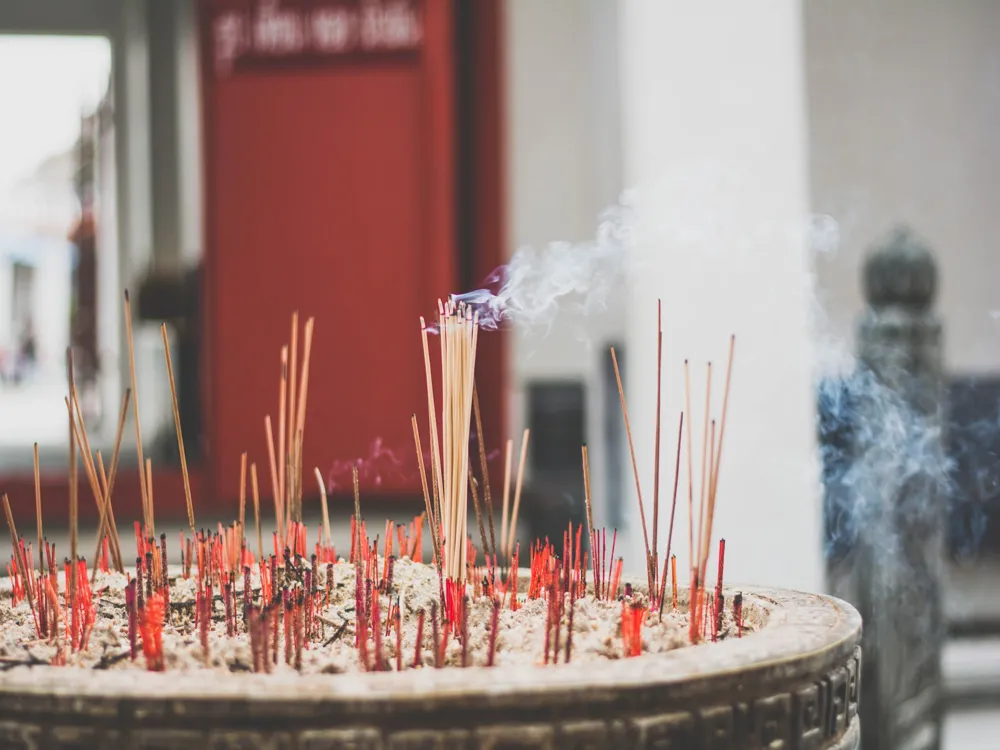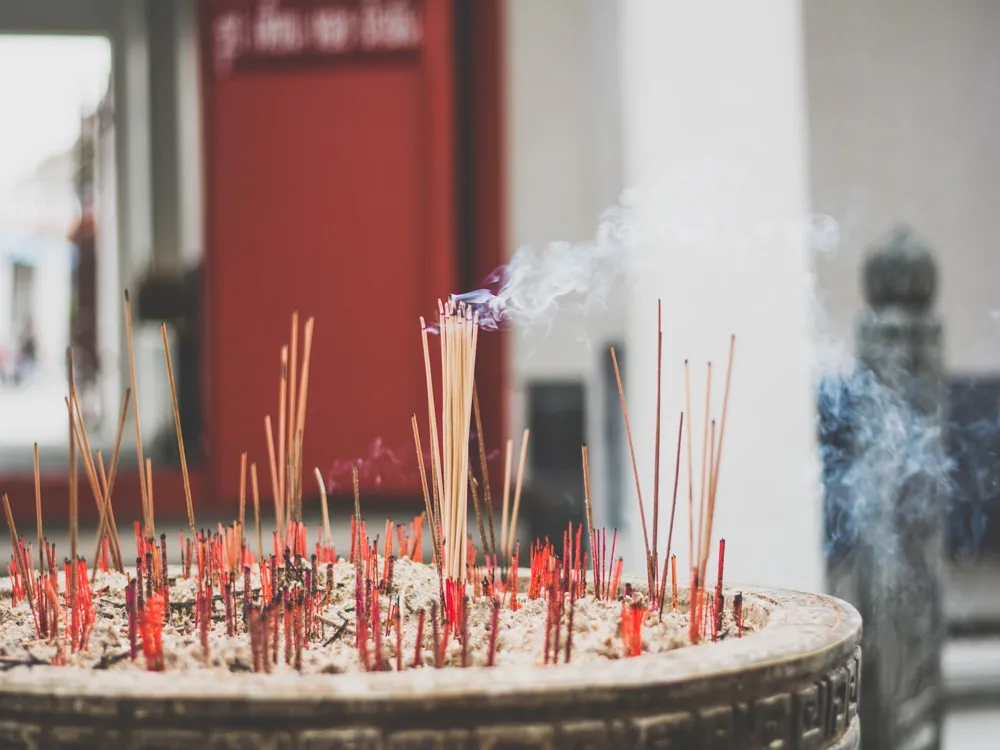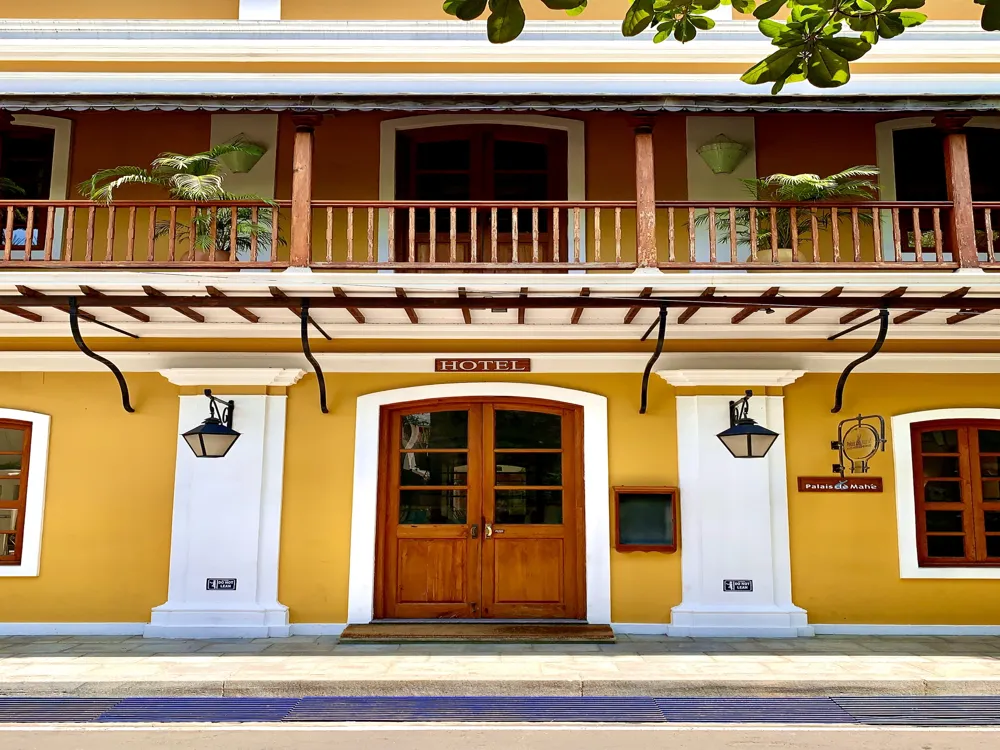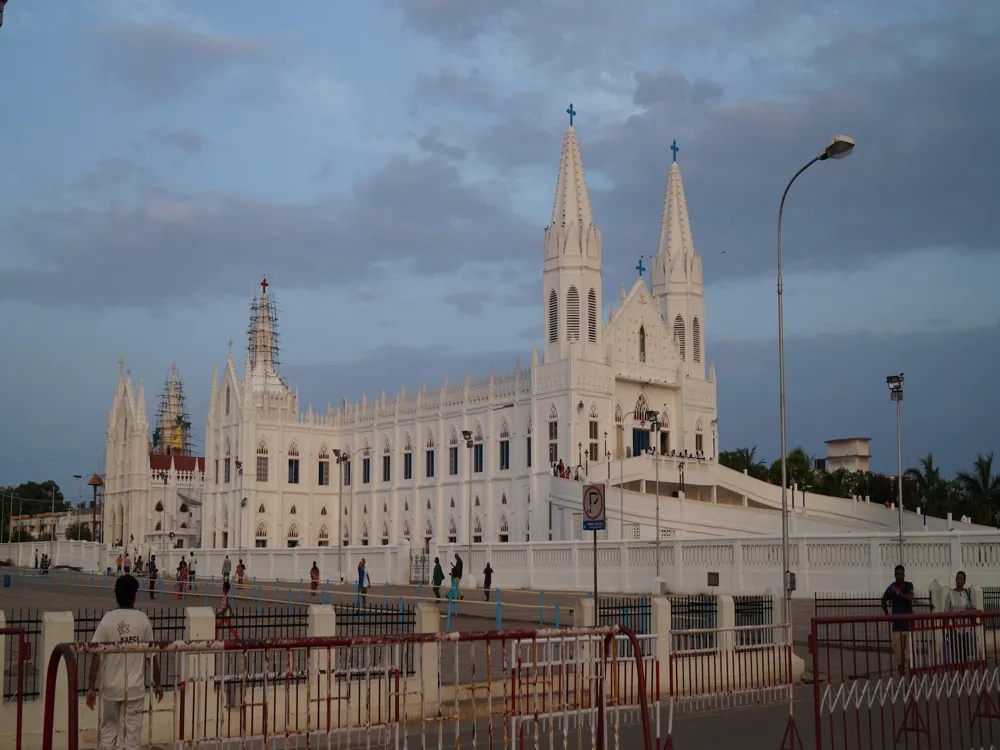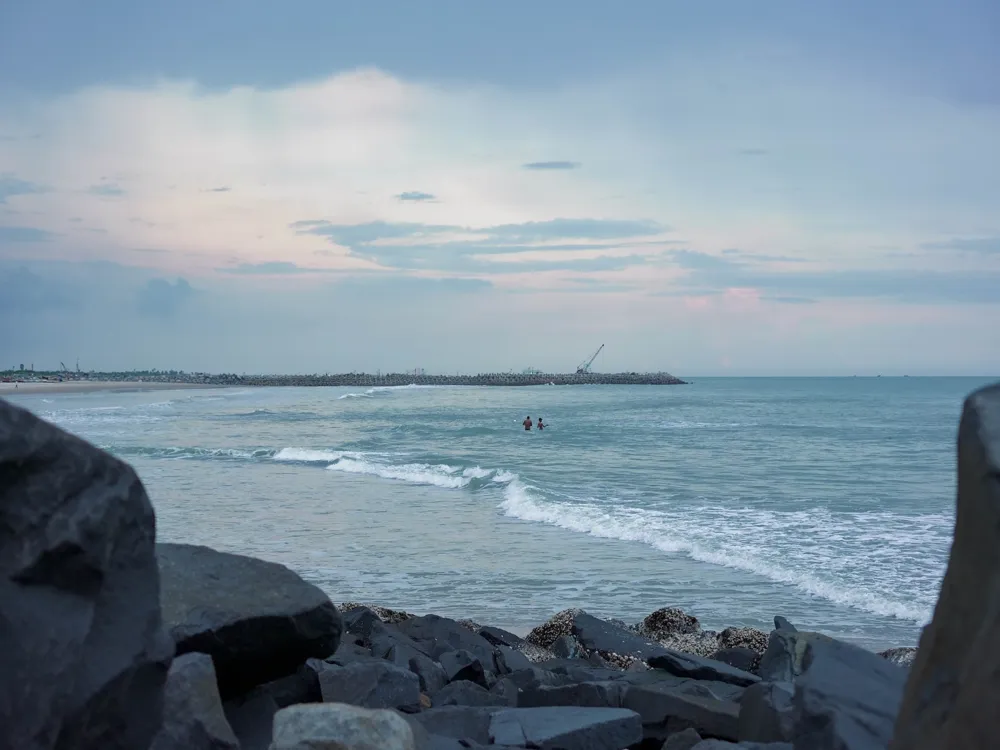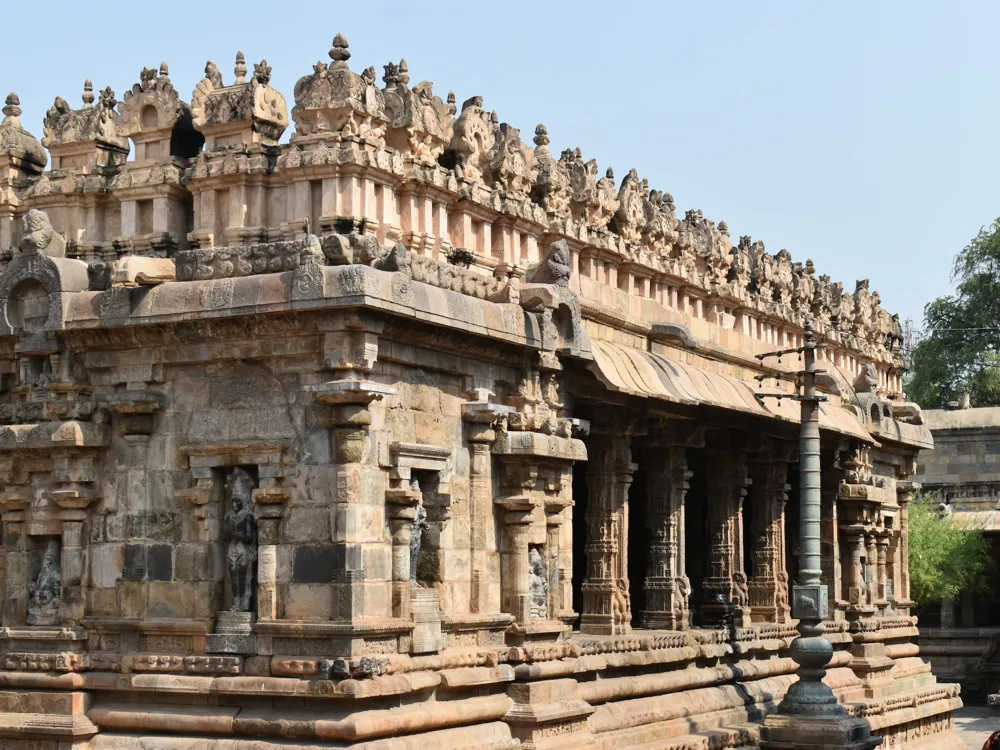Nestled in the serene town of Sikkal, the Singaravelar Temple is a beacon of Tamil culture and spirituality. This ancient Hindu temple, dedicated to Lord Murugan, stands as a testament to the rich history and religious significance of Tamil Nadu. Known for its architectural splendor and religious importance, the temple attracts thousands of devotees and tourists each year. The origin of the Sikkal Singaravelar Temple dates back to centuries ago, with references found in ancient Tamil literature. It is believed that the temple was established to commemorate the event where Lord Murugan received his powerful weapon, the 'Vel', from Goddess Parvati to defeat the demon Soorapadman. This historical context adds to the temple's allure, making it a significant pilgrimage site for devotees of Lord Murugan. The temple's annual festivals, particularly the Skanda Sashti festival, are celebrated with great fervor, drawing crowds from various parts of the country. These festivals not only showcase the temple's religious importance but also reflect the rich cultural tapestry of Tamil Nadu. The rituals and ceremonies performed here are a vibrant display of Tamil religious practices and are a major attraction for both devotees and cultural enthusiasts. Beyond its religious significance, the Sikkal Singaravelar Temple is a hub of social activities. The temple premises serve as a meeting point for the local community, fostering a sense of unity and social harmony. Various cultural events and social gatherings are organized here, making the temple a vital part of the community's social fabric. The Sikkal Singaravelar Temple is an architectural marvel, showcasing the grandeur of Dravidian temple architecture. The temple's design and construction reflect the artistic and engineering prowess of the ancient Tamil civilization. The intricate carvings, towering gopurams (temple towers), and expansive courtyards are a visual treat and an architectural wonder. The temple's main tower, or Rajagopuram, stands tall, adorned with detailed carvings of Hindu deities and mythological scenes. These carvings are not just decorative elements but also serve as a visual narrative of Hindu mythology, offering insight into the religious and cultural heritage of the region. The temple complex comprises several shrines, each dedicated to different deities, with the main shrine housing the deity of Lord Singaravelar (Murugan). The sanctum sanctorum, where the deity resides, is a masterpiece of Dravidian architecture, with its intricately carved pillars and vibrant sculptures creating a divine ambiance. The temple's mandapams (pillared halls) are another highlight, featuring columns with exquisite sculptures and ornate detailing. These halls serve as venues for religious rituals and cultural performances, adding to the temple's multifaceted appeal. The temple tank, a common feature in South Indian temples, is a serene spot, believed to have healing properties and is an integral part of the temple's religious ceremonies. The use of locally sourced materials, such as granite, in the construction of the temple showcases the sustainable practices of ancient Indian architecture. The layout of the temple, aligned with the principles of Vastu Shastra, ensures a harmonious balance with the natural surroundings, further enhancing the spiritual experience for visitors. Visitors are advised to dress conservatively, respecting the temple's religious significance. Traditional attire is preferred. It's important to maintain a decorum befitting a place of worship, including speaking softly and refraining from disruptive behavior. The temple is open from early morning till evening, with specific timings for rituals and poojas. Visitors should plan their visit accordingly, especially if they wish to participate in or witness these ceremonies. Also, visiting during festivals offers a unique experience, but expect larger crowds. Photography may be restricted in certain areas of the temple. Visitors should look for signage indicating photography rules or inquire with temple authorities to avoid any inconvenience. Engaging with the local community respectfully and adhering to local customs enhances the visit. It's also advisable to try local cuisines and support local artisans by purchasing souvenirs. Sikkal Singaravelar Temple, located in the town of Sikkal in Nagapattinam district, is accessible via multiple modes of transportation. The nearest airport is in Tiruchirappalli, from where one can hire a taxi or take a bus to Sikkal. The town is also well-connected by road and rail, with frequent bus and train services from major cities in Tamil Nadu. For those driving, the temple is situated along the Nagapattinam-Thiruvarur road, making it easily accessible for visitors traveling by car. Read More:Overview of Sikkal Singaravelar Temple, Nagapattinam, Tamil Nadu
Architecture of Sikkal Singaravelar Temple
Tips When Visiting Sikkal Singaravelar Temple
Dress Code and Conduct
Timing and Festivals
Photography Rules
Local Etiquette
How To Reach Sikkal Singaravelar Temple
Sikkal Singaravelar Temple
Nagapattinam
Tamil Nadu
NaN onwards
View nagapattinam Packages
Nagapattinam Travel Packages
View All Packages For Nagapattinam
Top Hotel Collections for Nagapattinam

Private Pool

Luxury Hotels

5-Star Hotels

Pet Friendly
Top Hotels Near Nagapattinam
Other Top Ranking Places In Nagapattinam
View All Places To Visit In nagapattinam
View nagapattinam Packages
Nagapattinam Travel Packages
View All Packages For Nagapattinam
Top Hotel Collections for Nagapattinam

Private Pool

Luxury Hotels

5-Star Hotels

Pet Friendly







